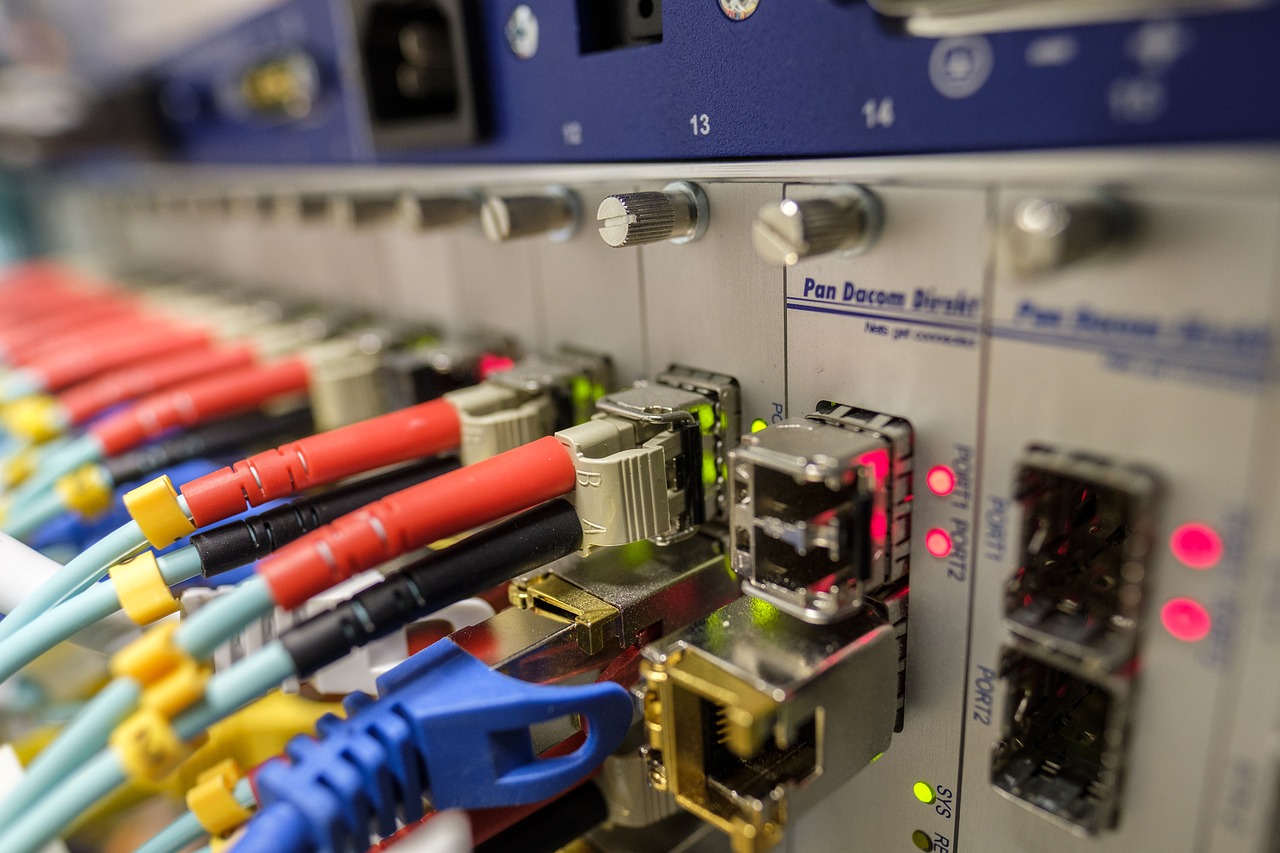5 Key Technical Specifications for 1:32 Fiber Optical Splitter with SC APC Pigtails

Introduction to Fiber Optical Splitters
Fiber optical splitters play a crucial role in telecommunication and networking systems. These devices are designed to split an incoming optical signal into multiple output signals, enabling a single fiber optic cable to serve multiple users or network paths. The primary function of a fiber optical splitter is to divide the input signal power among the output ports while maintaining minimal signal loss.
The 1:32 configuration refers to the splitting ratio of the splitter, where the input signal is divided into 32 equal parts for distribution. This configuration is ideal for scenarios where a single optical signal needs to be distributed across multiple end points without significant loss of signal strength. The 1:32 configuration ensures efficient utilization of the optical power, making it suitable for various telecommunication and data transmission applications.
The Importance of Optical Input Power
When delving into the realm of fiber optics, understanding the significance of Optical Input Power is paramount. This crucial element refers to the strength of the incoming optical signal that feeds into the fiber optic splitter. The Optical Input Power plays a pivotal role in ensuring the efficient and effective distribution of signals across various network paths.
In fiber optics, the Optical Input Power directly influences the performance and reliability of the entire system. It determines the capacity to transmit data over long distances without compromising signal integrity. Maintaining an optimal Optical Input Power level is essential for minimizing signal loss and maximizing transmission efficiency.
Optimal Ranges for 1:32 Splitters
For 1:32 fiber optic splitters, maintaining proper Optical Input Power levels is critical to ensure seamless operation and reliable signal distribution. These splitters are designed to function optimally within specific power ranges, typically between -3dBm to +7dBm. Operating within these ranges ensures that the splitter can effectively divide the input signal into 32 equal parts without compromising signal quality.
Maintaining proper Optical Input Power levels within these specified ranges is vital for achieving consistent and reliable performance from 1:32 splitters. Deviating from these optimal power ranges can lead to signal degradation, increased error rates, and overall reduced system efficiency.
To summarize, understanding and managing Optical Input Power is fundamental in optimizing the performance of 1:32 fiber optic splitters. By adhering to recommended power ranges, users can ensure reliable signal distribution and minimize potential disruptions within their optical networks.
Why ABS Box Type Matters
When considering fiber optic splitters, the choice of ABS Box Type holds significant importance in ensuring the overall functionality and performance of the system. The ABS Box Type refers to the housing or enclosure that encapsulates the internal components of the splitter, providing crucial protection and durability aspects.
The Functionality of ABS Box Type
The ABS Box Type serves as a protective shield for the delicate internal components of the fiber optic splitter. Its durable construction shields the sensitive optical fibers and connectors from environmental factors such as moisture, dust, and physical impact. This safeguarding function is essential for maintaining signal integrity and prolonging the operational lifespan of the splitter.
Furthermore, the robust nature of the ABS Box Type ensures that the splitter can withstand varying environmental conditions, making it suitable for deployment in diverse settings ranging from indoor networking environments to outdoor installations. Its resilience against external elements contributes to the overall reliability and longevity of the fiber optic splitter.
Compatibility and Installation
In addition to its protective role, the ABS Box Type also influences system integration during installation. The design and dimensions of the enclosure can impact how seamlessly the splitter integrates into existing network infrastructure. Compatibility with standard mounting systems and rack configurations is crucial for streamlined installation processes in various networking setups.
Moreover, considerations such as port accessibility and cable management within the ABS Box Type can significantly affect ease of installation and future maintenance tasks. A well-designed enclosure facilitates efficient cable routing and connectivity management, simplifying ongoing system upgrades or modifications.
Final Thoughts
In conclusion, understanding the technical specifications of a Fiber Optical Splitter is essential for ensuring optimal performance and reliability within telecommunication and networking systems. The 1:32 configuration, with its ability to divide an incoming optical signal into 32 equal parts, offers efficient distribution without significant signal loss. This ratio, combined with the maintenance of proper Optical Input Power levels, is crucial for seamless operation and reliable signal distribution.
Furthermore, the choice of ABS Box Type plays a pivotal role in protecting the internal components of the splitter and influencing its compatibility and installation processes. The durability and resilience of the enclosure contribute to the overall functionality and longevity of the fiber optic splitter.
For those delving into fiber optics, exploring these key technical specifications provides a solid foundation for comprehending the intricacies of optical signal distribution. By maintaining optimal power levels, selecting suitable configurations, and prioritizing protective enclosures, users can ensure the efficiency and effectiveness of their fiber optic systems.
Encouraging Further Learning
As technology continues to advance, staying informed about the latest developments in fiber optic technology is crucial. Exploring advanced configurations, innovative protective enclosures, and evolving power management techniques can further enhance one's understanding of fiber optical splitters' technical specifications.
See Also
A Comprehensive Manual for 1x32 PLC Fiber Splitter with SC/APC for ABSModule Splice
Key Features of 55mm Fiber Optic Field Assembly Connector for Single Mode SC APC
Exploring the Characteristics of 1*16 CH, SC/APC Single Fiber DWDM Mux Demux Module
Insight into SC/APC Single-Mode Fiber Optic Connector for FTTH
Optimizing the Advantages of 1*16 CH, SC/APC Single Fiber DWDM Mux Demux Module


